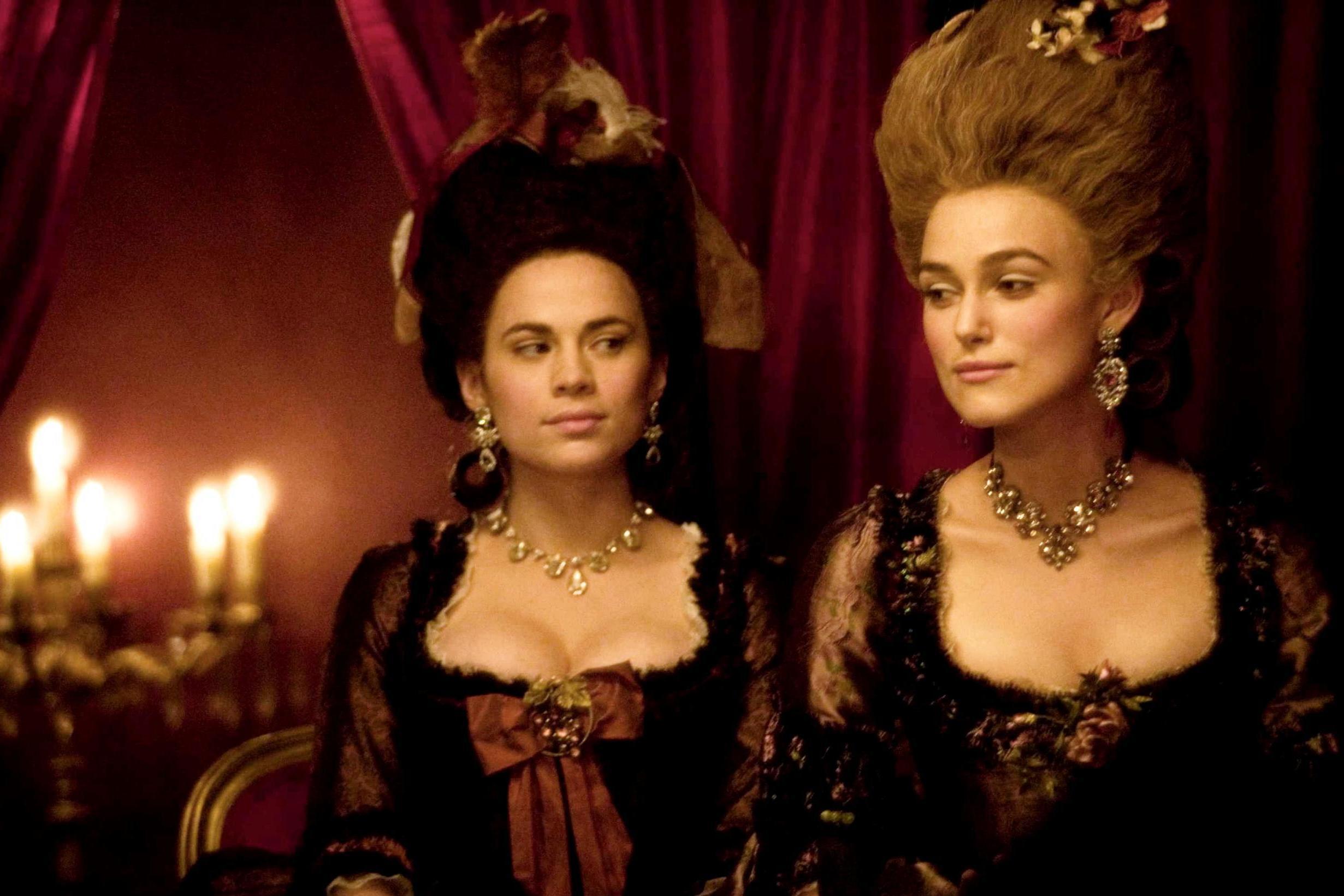Finally, a crackdown on film ratings could end the cheap ploy of sexual assault as a plot device
It feels like rape has become such a salacious mainstay of TV and film in recent years that it’s difficult to remember a time when it wasn’t a lazy plot device


Your support helps us to tell the story
From reproductive rights to climate change to Big Tech, The Independent is on the ground when the story is developing. Whether it's investigating the financials of Elon Musk's pro-Trump PAC or producing our latest documentary, 'The A Word', which shines a light on the American women fighting for reproductive rights, we know how important it is to parse out the facts from the messaging.
At such a critical moment in US history, we need reporters on the ground. Your donation allows us to keep sending journalists to speak to both sides of the story.
The Independent is trusted by Americans across the entire political spectrum. And unlike many other quality news outlets, we choose not to lock Americans out of our reporting and analysis with paywalls. We believe quality journalism should be available to everyone, paid for by those who can afford it.
Your support makes all the difference.During the 1960s, psychologist Albert Bandura conducted a series of studies known as the Bobo Doll Experiments. He put together three groups of nursery school children: one watched a video of an adult behaving non-aggressively with an inflatable doll; another was shown nothing; the final group watched a video in which the doll was abused by an adult – kicked repeatedly, flung into the air and punched in the face.
Once the video ended, all of the children were taken individually into a room with some other toys and left alone to play with them. The group that had watched the aggressive video mirrored the behaviour of the adult, flinging the doll about and kicking and punching it. They also extended this aggression to the other toys in the room. Seeing violence can incite violence.
This week, nearly 60 years after the study, a film censorship clampdown has taken an important step towards addressing how watching violence in film impacts audiences. The British Board of Film Classification (BBFC) announced a tightening of its ratings for films and streaming services that depict sexual violence and rape. Under the new guidelines, which come into effect on 28 February this year, any depiction of rape will be limited to films rated 15 and over and scenes illustrating sexual violence or graphic rape will be restricted to over-18s.
The body referenced several films which, had they come out under the new restrictions, would have seen different classifications. The Duchess starring Keira Knightly and Ralph Feinnes, was classified as a 12A when it was released in 2008 but would be made a 15 today due to a rape scene; Wild River (2017) is a 15 but would have become an 18 if released now due to a gang rape scene. While it’s concerning these films were ever released with such lenient ratings, the crackdown is nevertheless necessary and positive news.
Let’s hope that this forces directors to question their compulsion to include such scenes when seeking to secure those ever-precarious box office numbers. For it feels like rape has become such a salacious mainstay of TV and film in recent years that it’s difficult to remember a time when it wasn’t a lazy plot device.
In TV in particular, in the past few months alone, we’ve seen the BBC languish in female victimhood. Luther saw audiences teased with the potential attack of several women, building up the excitement as they sat on the top deck of the night bus or walked home alone (two more things female Luther fans will likely no longer do without hesitation). Jess Brittain’s Clique manipulated the idea of false rape accusations to keep viewers watching until the final episode when it turned out that the man was in fact… falsely accused.
Rape has become the ultimate titillation on the big and small screens, so bored have we apparently become with female cadavers. Netflix, in particular, seems to have proven itself above censorship, listing ever-controversial shows that toe the line of what has traditionally constituted a teen drama. Most recently, high school show 13 Reasons Why faced numerous complaints following the graphic rape of teen protagonist Hannah Baker.
Women certainly don’t need to be reminded to fear these attacks. We already know that 20 per cent of women are likely to experience some form of sexual assault after the age of 16. This kind of gratuitous depiction of rape only serves to increase female fear, numb male reaction and normalise such acts. As we’ve seen numerous times, viewing violence encourages violence – to measurable effect.
While the BBFC guidelines are promising, they still can’t prevent the undeniable reality that many films continue to be streamed illegally online and piracy means the viewing audience isn’t always the intended audience. Even beyond piracy, when films reach streaming platforms younger audiences will inevitably view them – we can’t deny that there’s something intriguing to a teenager about X-rated movies.
And problems of the film industry’s approach to female sexuality and autonomy extend beyond rape and assault – women’s entire on-screen sexual autonomy is in the hands of mostly male directors and male-run studios, who continue to see female pleasure as more outrageous than female pain.
The US censorship body, the Motion Picture Association of America (MPAA), is notoriously strict when it comes to this, often rating films as NC-17 – which can be the kiss of death for a film’s success – as 18s can be in the UK. Films that have been rated as NC-17 include Boys Don’t Cry in 1999, in which the protagonist Brandon wiped his mouth after performing oral sex on a woman; Blue Valentine in 2010, for a scene in which Ryan Gosling’s character performs oral sex on Michelle William’s character; and Charlie Countryman in 2013, in which a scene where Shia Labeouf’s character performs oral sex on Evan Rachel Wood’s character was cut, in order to secure the lesser R rating. Wood took to Twitter to berate the MPAA, saying: “I would like 2 share my disappointment with the MPAA, who thought it was necessary to censor a womans sexuality once again. The scene where the two main characters make ‘love’ was altered because someone felt that seeing a man give a woman oral sex made people ‘uncomfortable’ but the scenes in which people are murdered by having their heads blown off remained intact and unaltered” (sic).
The female body and female pleasure have been policed in film for centuries. Women can be seen as being raped, f***ed, or f***ing through the male gaze but portray them as being pleasured on their own terms and it’s another story. Blow jobs make for a servile woman but cunnilingus makes for a dedicated lover and a psychopathic woman (see Gone Girl, in which Rosamund Pike’s character receiving oral sex from Ben Affleck’s character signifies her power and his emasculation).
As cynical as it seems, profit remains the most important measure of success of a film, so perhaps these new ratings are the best way to finally put an end to the ubiquitous rape scenes, which may seem harmlessly titillating in a script, but – as the Bobo Doll Experiments taught us decades ago – can have very real consequences.
It’s great news that the BBFC is cracking down on prurient scenes of sexual violence. These new guidelines force filmmakers and production companies to think twice about the cheap ploy of using sexual assault as a plot point. While television can continue to safely broadcast such content without fear of an audience loss, for film and streaming services, higher classifications hurt. What a tragedy that this seems to be the only way to make people question what they put on screen.
Join our commenting forum
Join thought-provoking conversations, follow other Independent readers and see their replies
Comments